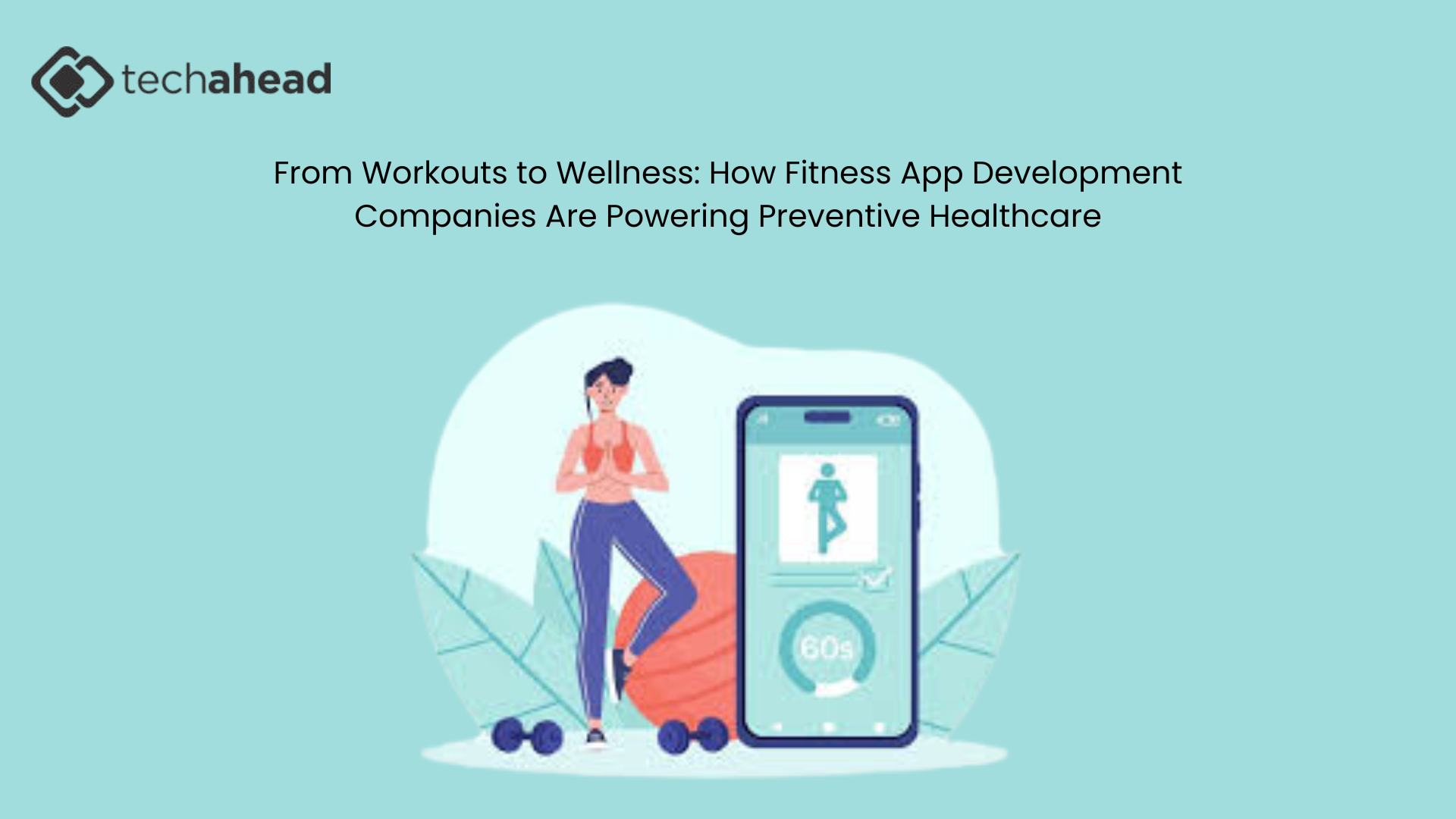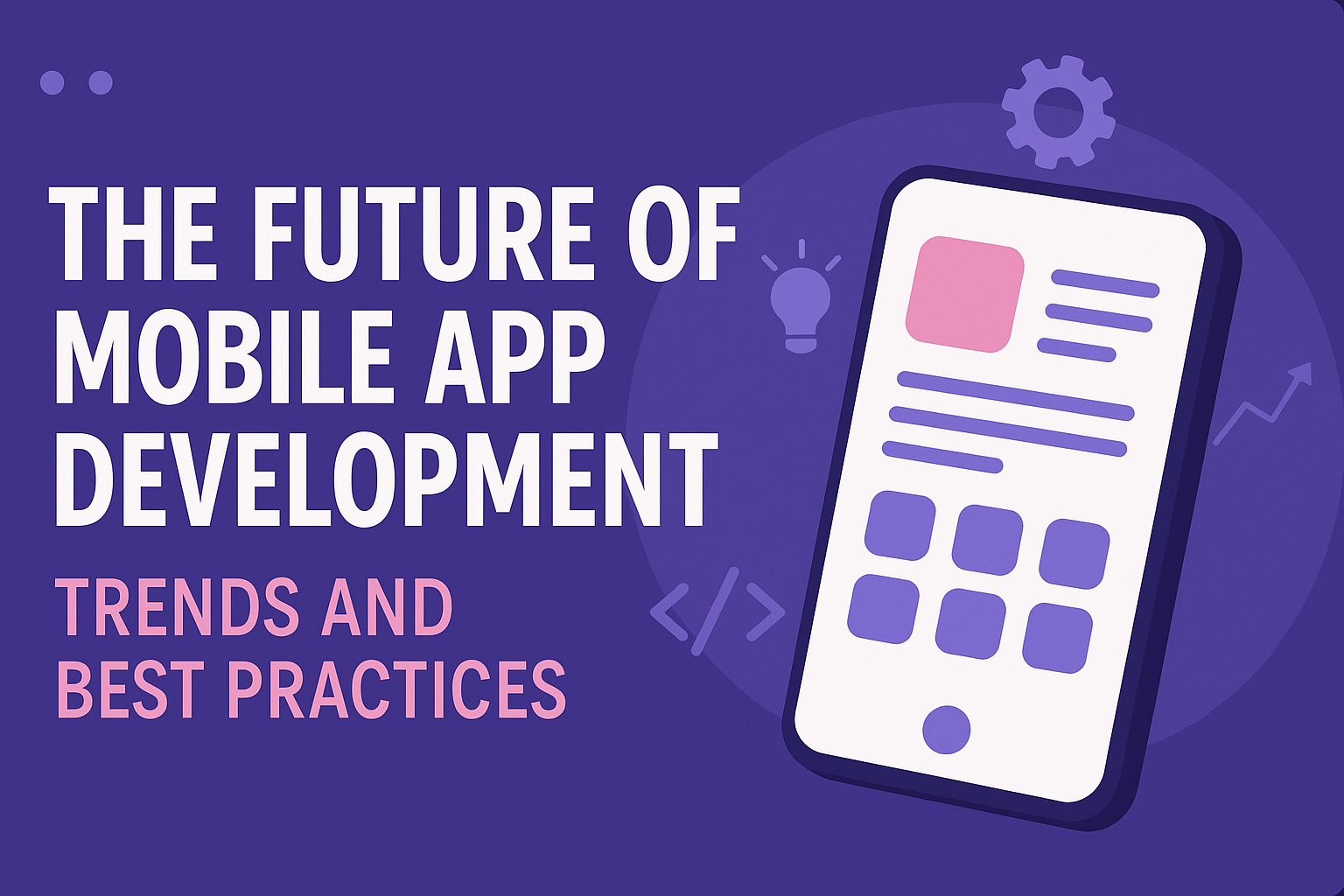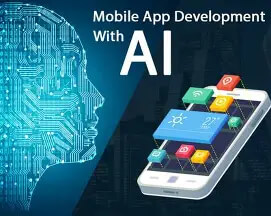Which Tech Stack Is Best for Medicine Delivery App Development?

Strong 8k brings an ultra-HD IPTV experience to your living room and your pocket.
Today's rapidly changing digital era has brought about a quick change in the healthcare industry as well, and one of the most recent advancements is medicine delivery app development. Not only are these apps easy to use, but they also enable pharmacies to tap into more customers, optimize workflow, and provide better care to patients. But every successful app has a solid technology stack behind it.
✍️ Whether you’re building an ecommerce app, a gaming app, or a healthcare solution, our app development guide outlines the frameworks and tools best suited for each industry.
Choosing the right tech stack for medicine delivery app development is crucial. It determines the app’s performance, scalability, security, and overall user experience. In this article, we’ll break down the ideal tech stack components for building a high-performing medicine delivery app and explore why the right choice can make or break your project.
Understanding the Basics of a Tech Stack
A tech stack is the set of programming languages, frameworks, libraries, and tools with which an application is built. Commonly, it consists of:
- Frontend: The UI/UX that users see
- Backend: The server, database, and logic that drive the app
- Database: App data storage such as prescriptions, inventory, user profiles
- APIs: Integrate your app with third-party services like payment gateways, GPS, etc.
- DevOps Tools: For deployment, scaling, and upkeep
The perfect tech stack must provide performance, reliability, and security—crucial when in healthcare due to sensitive information.
Key Medicine Delivery App Requirements
To choose a tech stack, it's crucial to know what the app must provide:
- User registration & profile management
- E-prescription upload and validation
- Product browsing and intelligent search
- Order placement and payment gateway integration
- Real-time order monitoring
- Push notifications and alerts
- Pharmacy admin dashboard
- Delivery partner module
- Healthcare regulations compliance (HIPAA, GDPR, etc.)
With these aspects in consideration, let's discuss the optimal tech stack for developing a stable and scalable solution.
Frontend Technologies (Client-Side)
The frontend of a medicine delivery application should provide a smooth and easy-to-use experience for patients as well as pharmacy partners. Well-loved options are:
React Native
- Facebook's cross-platform framework
- Supports code sharing for iOS and Android
- Big community and simple integration with native modules
- Provides quick development cycles and good performance
Flutter
- Google's UI kit for natively compiled apps
- Perfect for developing beautiful UI on platforms
- Increasing popularity among startups and medium-sized companies
- Excellent for MVPs and scaling
Swift (for iOS) and Kotlin (for Android)
- If you like native development for performance or platform requirements
- Excellent for high-performance apps with sophisticated native features
- Recommendation: React Native or Flutter is usually best for medicine delivery app development because of a shorter time to market and cost effectiveness.
Backend Technologies (Server-Side)
The backend takes care of data storage, logic, user management, and so forth. It needs to be scalable, secure, and maintenance-friendly.
- Node.js
- Event-driven, non-blocking model of I/O
- Lightweight and efficient
- Perfect for real-time features such as tracking and notifications
- Has an enormous ecosystem (npm)
- Django (Python)
- High-level Python framework
- Has built-in security features (ideal for HIPAA/GDPR compliance)
- Favors rapid development
- Perfect for data-intensive apps
- Ruby on Rails
- Convention over configuration
- Perfect for MVPs and startups
- Fast development but less performance-critical for large apps
- Spring Boot (Java)
- Strong and secure
- Enterprise-level scalability
- Ideal for apps with complex applications and strong data integrity needs
Recommendation: Node.js for startups and mid-sized projects; Django or Spring Boot for enterprise-level medicine delivery apps.
Database Technologies
Selecting the right database is crucial in handling user data, prescriptions, stock, orders, etc.
- MongoDB (NoSQL)
- Flexible schema
- Perfect for rapid development
- Easy to use with Node.js
- PostgreSQL
- Advanced features for data integrity
- Ideal for apps with complex queries and relationships
- Highly secure and reliable
- MySQL
- A popular and widely supported relational database
- Excellent performance for medium workloads
Advice: Utilize MongoDB for flexibility and performance, PostgreSQL for structured information and scalability.
Cloud and Hosting
- Horizontal and vertical hosting makes your app accessible 24/7 with less downtime.
- Amazon Web Services (AWS)
- Scalable cloud infrastructure
- Provides HIPAA-compliant solutions
- Robust ecosystem: EC2, S3, RDS, etc.
- Google Cloud Platform (GCP)
- Good for AI/ML integration
- Simple container orchestration using Kubernetes
- Secure and extremely scalable
- Microsoft Azure
- Preferred for big businesses
- Provides healthcare-specific cloud offerings
Recommendation: AWS is the most flexible and popular platform for medicine delivery app development.
APIs & Third-Party Integrations
For extending the app's features and user experience, integrate with the following:
- Payment Gateways: Stripe, Razorpay, PayPal
- SMS/Push Notifications: Firebase, Twilio
- GPS & Maps: Google Maps API for real-time tracking
- Identity Verification: Onfido or Auth0
- EHR/EMR Systems: Integration with health record platforms if required
These APIs save development time and incorporate powerful features to your app.
DevOps and Deployment Tools
For continuous integration, deployment, and monitoring:
- Docker: For containerization
- Kubernetes: For orchestration and scaling
- Jenkins/GitHub Actions: CI/CD automation
- Datadog/New Relic: Performance monitoring and debugging
- Firebase Crashlytics: Real-time crash reporting
DevOps makes sure that the medicine delivery app is always strong, current, and high-performance.
Final Thoughts
Choosing the appropriate tech stack is a building block of medicine delivery app development. The decisions you make will affect how soon you can deploy, how well your application runs, and how secure it is for processing sensitive health information.
For the majority of projects, a stack consisting of React Native or Flutter (Frontend), Node.js or Django (Backend), MongoDB or PostgreSQL (Database), and AWS (Hosting) provides the ideal combination of speed, cost-effectiveness, scalability, and security.
If you’re building a medicine delivery app, always keep user experience, regulatory compliance, and future scalability in mind. Working with a healthcare-focused development partner can further ensure that your app meets industry standards and exceeds user expectations.
Note: IndiBlogHub features both user-submitted and editorial content. We do not verify third-party contributions. Read our Disclaimer and Privacy Policyfor details.







